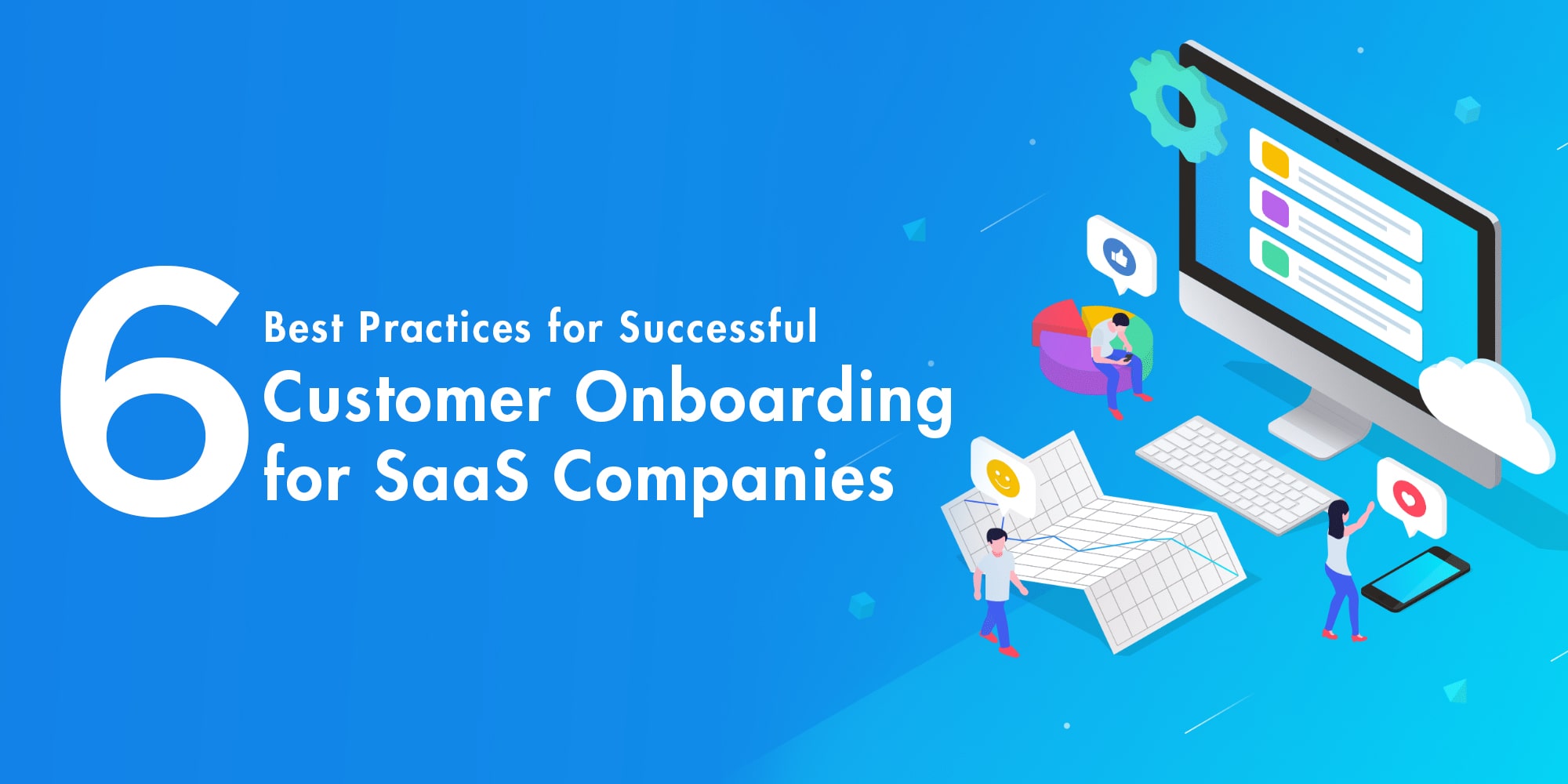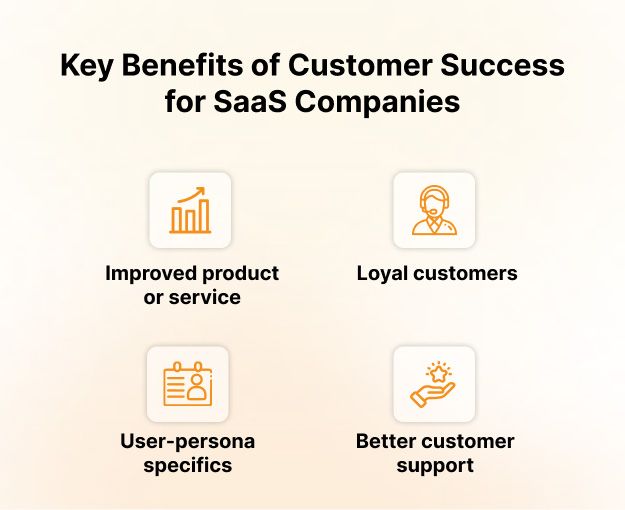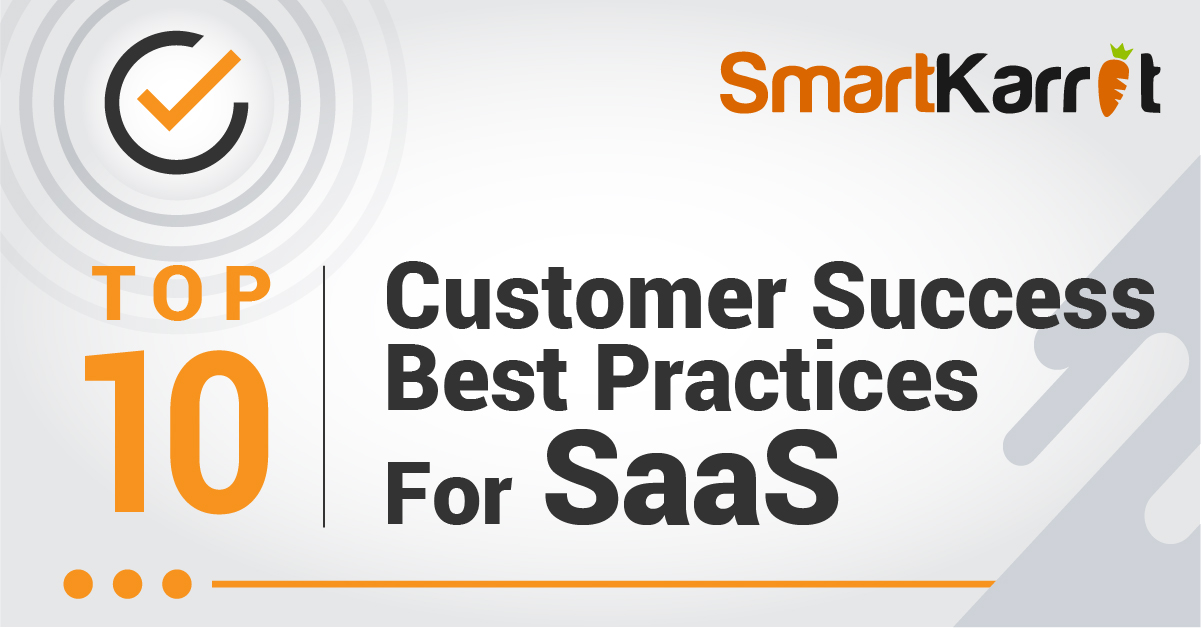Why Customer Success is the Key to SaaS Business Survival
In the highly competitive SaaS industry, customer success is no longer a nicety, but a necessity for driving long-term growth and revenue. The impact of churn rates on revenue cannot be overstated, with even a 1% decrease in churn resulting in a significant increase in revenue. This is why SaaS companies must prioritize customer success, implementing proactive strategies to drive growth and reduce churn. By doing so, they can create a loyal customer base that drives revenue and fuels business expansion.
At its core, customer success is about ensuring that customers achieve their desired outcomes while using a product or service. This requires a deep understanding of the customer’s needs, preferences, and pain points. By leveraging this understanding, SaaS companies can develop targeted customer success strategies that address the unique needs of each customer. This might involve creating personalized onboarding experiences, offering tailored support and training, and providing regular check-ins to ensure the customer is on track to achieving their goals.
Effective customer success strategies also rely on data-driven insights. By tracking key metrics such as customer health scores, usage patterns, and feedback, SaaS companies can identify at-risk customers and develop targeted interventions to prevent churn. This might involve sending personalized emails or in-app messages, offering additional support or training, or even providing incentives to encourage continued use of the product or service.
Furthermore, customer success is closely tied to the overall customer experience. By providing a seamless, intuitive, and engaging experience, SaaS companies can increase customer satisfaction and loyalty, driving long-term growth and revenue. This requires a customer-centric approach, with a focus on delivering value and meeting the evolving needs of the customer.
In the context of SaaS customer success strategies, it’s clear that a proactive and customer-centric approach is essential for driving long-term growth and revenue. By prioritizing customer success, SaaS companies can create a loyal customer base that drives revenue and fuels business expansion. Whether through personalized onboarding experiences, data-driven insights, or a customer-centric approach, the key to SaaS business survival lies in delivering exceptional customer success.
How to Build a Customer-Centric Onboarding Process
A well-designed onboarding process is crucial for setting the tone for long-term customer success in the SaaS industry. A customer-centric onboarding experience can reduce time-to-value, increase adoption rates, and ultimately drive revenue growth. To achieve this, SaaS companies must prioritize the customer’s needs and preferences from the outset.
The first step in building a customer-centric onboarding process is to develop a deep understanding of the customer’s goals and objectives. This can be achieved through surveys, feedback sessions, or even social media listening. By understanding what the customer wants to achieve, SaaS companies can create a personalized onboarding experience that addresses their unique needs.
A step-by-step onboarding process is also essential for ensuring that customers are properly set up and equipped to use the product or service. This might involve creating interactive tutorials, offering guided tours, or providing access to a dedicated onboarding specialist. By breaking down the onboarding process into manageable steps, SaaS companies can reduce friction and increase the likelihood of successful adoption.
Furthermore, a customer-centric onboarding process must be flexible and adaptable to the customer’s evolving needs. This might involve using data analytics to track customer behavior and preferences, and adjusting the onboarding process accordingly. By leveraging data-driven insights, SaaS companies can create a more personalized and effective onboarding experience that drives long-term customer success.
Some effective strategies for building a customer-centric onboarding process include using interactive and engaging content, such as videos and gamification, to educate customers on the product or service. Additionally, SaaS companies can leverage technology, such as automation and AI, to streamline the onboarding process and reduce manual effort. By combining these strategies with a deep understanding of the customer’s needs and preferences, SaaS companies can create a truly customer-centric onboarding experience that drives long-term growth and revenue.
In the context of SaaS customer success strategies, a well-designed onboarding process is a critical component of driving long-term growth and revenue. By prioritizing the customer’s needs and preferences, and leveraging data-driven insights and technology, SaaS companies can create a customer-centric onboarding experience that sets the tone for long-term customer success.
Leveraging Data to Inform Customer Success Strategies
Data analytics plays a crucial role in customer success, enabling SaaS companies to track key metrics, identify at-risk customers, and develop targeted interventions. By leveraging data-driven insights, SaaS companies can create a more personalized and effective customer success strategy that drives long-term growth and revenue.
One of the most important metrics to track in customer success is the customer health score. This score provides a comprehensive view of the customer’s overall health, taking into account factors such as usage patterns, feedback, and support requests. By tracking customer health scores, SaaS companies can identify at-risk customers and develop targeted interventions to prevent churn.
Usage patterns are another key metric to track in customer success. By analyzing how customers are using the product or service, SaaS companies can identify areas for improvement and develop targeted training and support programs. For example, if a customer is struggling to use a particular feature, the SaaS company can develop a customized training program to help them get the most out of the product.
Feedback is also a critical component of customer success. By collecting feedback from customers, SaaS companies can identify areas for improvement and develop targeted interventions to address customer concerns. This might involve developing new features or functionality, improving the user experience, or providing additional support and training.
In addition to tracking key metrics, SaaS companies must also develop a robust measurement framework that informs customer success strategies. This framework should include key performance indicators (KPIs) such as net promoter score (NPS), customer satisfaction (CSAT), and retention rates. By tracking these KPIs, SaaS companies can evaluate the effectiveness of their customer success strategies and make data-driven decisions to drive long-term growth and revenue.
Some effective strategies for leveraging data to inform customer success strategies include using data visualization tools to gain insights into customer behavior, developing predictive models to identify at-risk customers, and leveraging machine learning algorithms to personalize the customer experience. By combining these strategies with a robust measurement framework, SaaS companies can create a data-driven customer success strategy that drives long-term growth and revenue.
In the context of SaaS customer success strategies, leveraging data to inform customer success strategies is critical for driving long-term growth and revenue. By tracking key metrics, identifying at-risk customers, and developing targeted interventions, SaaS companies can create a more personalized and effective customer success strategy that drives long-term growth and revenue.
Effective Communication Strategies for Customer Success Teams
Clear and regular communication is essential for customer success teams to build trust, resolve issues, and drive long-term growth. In the SaaS industry, effective communication can make all the difference in turning customers into loyal advocates. In this article, we will discuss the importance of effective communication in customer success and provide tips on how to craft effective email campaigns, develop a robust knowledge base, and leverage in-app messaging to drive engagement and resolve issues.
Email campaigns are a crucial component of customer success communication. By crafting targeted and personalized email campaigns, customer success teams can educate customers on new features, provide support and training, and drive engagement. To create effective email campaigns, customer success teams should focus on segmenting their customer base, personalizing content, and optimizing subject lines and CTAs.
A robust knowledge base is also essential for customer success teams to provide self-service support and reduce the volume of incoming support requests. By developing a comprehensive knowledge base, customer success teams can empower customers to find answers to common questions and issues, reducing the need for human intervention. To create a robust knowledge base, customer success teams should focus on creating clear and concise content, organizing articles by category and topic, and optimizing for search.
In-app messaging is another effective way for customer success teams to communicate with customers and drive engagement. By leveraging in-app messaging, customer success teams can provide personalized support and training, drive adoption of new features, and reduce churn. To create effective in-app messaging campaigns, customer success teams should focus on segmenting their customer base, personalizing content, and optimizing messaging frequency and timing.
Some effective strategies for improving communication in customer success teams include using data analytics to track customer behavior and preferences, developing a customer-centric communication framework, and leveraging technology to streamline workflows. By combining these strategies with a focus on clear and regular communication, customer success teams can build trust, resolve issues, and drive long-term growth.
In the context of SaaS customer success strategies, effective communication is critical for driving long-term growth and revenue. By crafting effective email campaigns, developing a robust knowledge base, and leveraging in-app messaging, customer success teams can build trust, resolve issues, and drive engagement. By prioritizing effective communication, SaaS companies can turn customers into loyal advocates and drive long-term growth.
Proactive Issue Resolution: Turning Detractors into Promoters
Proactive issue resolution is a critical component of customer success, enabling SaaS companies to turn unhappy customers into loyal advocates. By prioritizing empathy, transparency, and timely resolution, customer success teams can resolve issues quickly and efficiently, reducing churn and driving long-term growth.
Empathy is a key component of proactive issue resolution, enabling customer success teams to understand the customer’s perspective and provide personalized support. By acknowledging the customer’s frustration and concerns, customer success teams can build trust and establish a positive relationship. To prioritize empathy, customer success teams should focus on active listening, asking open-ended questions, and providing personalized support.
Transparency is also essential for proactive issue resolution, enabling customer success teams to provide clear and concise communication throughout the resolution process. By keeping the customer informed of progress and timelines, customer success teams can build trust and reduce anxiety. To prioritize transparency, customer success teams should focus on providing regular updates, setting clear expectations, and leveraging technology to streamline communication.
Timely resolution is critical for proactive issue resolution, enabling customer success teams to resolve issues quickly and efficiently. By prioritizing timely resolution, customer success teams can reduce churn and drive long-term growth. To prioritize timely resolution, customer success teams should focus on developing a robust issue resolution process, leveraging technology to streamline workflows, and providing 24/7 support.
Some effective strategies for proactive issue resolution include using data analytics to identify at-risk customers, developing a customer-centric issue resolution process, and leveraging technology to streamline communication. By combining these strategies with a focus on empathy, transparency, and timely resolution, customer success teams can turn unhappy customers into loyal advocates and drive long-term growth.
In the context of SaaS customer success strategies, proactive issue resolution is critical for driving long-term growth and revenue. By prioritizing empathy, transparency, and timely resolution, customer success teams can resolve issues quickly and efficiently, reducing churn and driving long-term growth. By leveraging data analytics, developing a customer-centric issue resolution process, and leveraging technology to streamline communication, SaaS companies can turn unhappy customers into loyal advocates and drive long-term growth.
Scaling Customer Success: Strategies for Growing Teams
As SaaS companies grow and expand, their customer success teams must also scale to meet the increasing demands of their customer base. Scaling customer success teams requires a strategic approach, focusing on developing a robust hiring process, creating a culture of continuous learning, and leveraging technology to streamline workflows.
A robust hiring process is critical for scaling customer success teams, enabling companies to identify and recruit top talent. To develop a robust hiring process, companies should focus on defining clear job descriptions, leveraging data analytics to identify top candidates, and implementing a comprehensive training program. By prioritizing hiring and training, companies can build a high-performing customer success team that drives long-term growth.
Creating a culture of continuous learning is also essential for scaling customer success teams, enabling companies to stay ahead of the curve and adapt to changing customer needs. To create a culture of continuous learning, companies should focus on providing ongoing training and development opportunities, encouraging collaboration and knowledge-sharing, and leveraging technology to facilitate learning. By prioritizing continuous learning, companies can build a customer success team that is equipped to handle the complexities of a growing customer base.
Leveraging technology is also critical for scaling customer success teams, enabling companies to streamline workflows, automate tasks, and gain insights into customer behavior. To leverage technology, companies should focus on implementing customer success platforms, leveraging data analytics to inform decision-making, and automating routine tasks. By prioritizing technology, companies can build a customer success team that is efficient, effective, and scalable.
Some effective strategies for scaling customer success teams include using data analytics to identify top talent, developing a comprehensive training program, and leveraging technology to streamline workflows. By combining these strategies with a focus on continuous learning and a robust hiring process, companies can build a high-performing customer success team that drives long-term growth.
In the context of SaaS customer success strategies, scaling customer success teams is critical for driving long-term growth and revenue. By prioritizing hiring, training, and technology, companies can build a customer success team that is equipped to handle the complexities of a growing customer base. By leveraging data analytics, creating a culture of continuous learning, and automating routine tasks, companies can build a customer success team that is efficient, effective, and scalable.
Measuring Customer Success: Key Metrics and Benchmarks
Measuring customer success is critical for SaaS companies to evaluate the effectiveness of their customer success strategies and make data-driven decisions to drive long-term growth. By tracking key metrics such as net promoter score (NPS), customer satisfaction (CSAT), and retention rates, companies can gain insights into customer behavior and preferences, and develop targeted interventions to improve customer success.
Net promoter score (NPS) is a key metric for measuring customer success, providing a comprehensive view of customer loyalty and satisfaction. By tracking NPS, companies can identify areas for improvement and develop targeted strategies to increase customer loyalty and retention. To calculate NPS, companies should focus on asking customers one simple question: “On a scale of 0-10, how likely are you to recommend our product or service to a friend or colleague?”
Customer satisfaction (CSAT) is another important metric for measuring customer success, providing insights into customer satisfaction with specific products or services. By tracking CSAT, companies can identify areas for improvement and develop targeted strategies to increase customer satisfaction and loyalty. To calculate CSAT, companies should focus on asking customers specific questions about their satisfaction with particular products or services.
Retention rates are also a critical metric for measuring customer success, providing insights into customer loyalty and retention. By tracking retention rates, companies can identify areas for improvement and develop targeted strategies to increase customer retention and reduce churn. To calculate retention rates, companies should focus on tracking the percentage of customers who remain active over a specific period of time.
Some effective strategies for measuring customer success include using data analytics to track key metrics, developing a comprehensive measurement framework, and leveraging technology to streamline data collection and analysis. By combining these strategies with a focus on NPS, CSAT, and retention rates, companies can gain insights into customer behavior and preferences, and develop targeted interventions to improve customer success.
In the context of SaaS customer success strategies, measuring customer success is critical for driving long-term growth and revenue. By tracking key metrics such as NPS, CSAT, and retention rates, companies can gain insights into customer behavior and preferences, and develop targeted interventions to improve customer success. By leveraging data analytics, developing a comprehensive measurement framework, and using technology to streamline data collection and analysis, companies can build a customer success strategy that drives long-term growth and revenue.
Real-World Examples of Customer Success in Action
Several companies have successfully implemented customer success strategies, achieving significant revenue growth, customer satisfaction, and retention rates. Salesforce, for example, has developed a robust customer success program that includes personalized onboarding, regular check-ins, and proactive issue resolution. As a result, Salesforce has achieved a customer satisfaction rate of over 90% and a retention rate of over 95%.
HubSpot is another company that has successfully implemented customer success strategies. HubSpot’s customer success program includes a comprehensive onboarding process, regular training and support, and proactive issue resolution. As a result, HubSpot has achieved a customer satisfaction rate of over 90% and a retention rate of over 95%.
Zendesk is a third company that has successfully implemented customer success strategies. Zendesk’s customer success program includes personalized onboarding, regular check-ins, and proactive issue resolution. As a result, Zendesk has achieved a customer satisfaction rate of over 90% and a retention rate of over 95%.
These companies demonstrate the effectiveness of customer success strategies in driving revenue growth, customer satisfaction, and retention rates. By implementing similar strategies, SaaS companies can achieve similar results and drive long-term growth.
In addition to these examples, other companies such as Dropbox, Slack, and Atlassian have also successfully implemented customer success strategies. These companies have achieved significant revenue growth, customer satisfaction, and retention rates by prioritizing customer success and developing robust customer success programs.
By studying these examples and implementing similar strategies, SaaS companies can develop effective customer success programs that drive revenue growth, customer satisfaction, and retention rates. By prioritizing customer success and developing robust customer success programs, SaaS companies can achieve long-term growth and success.






